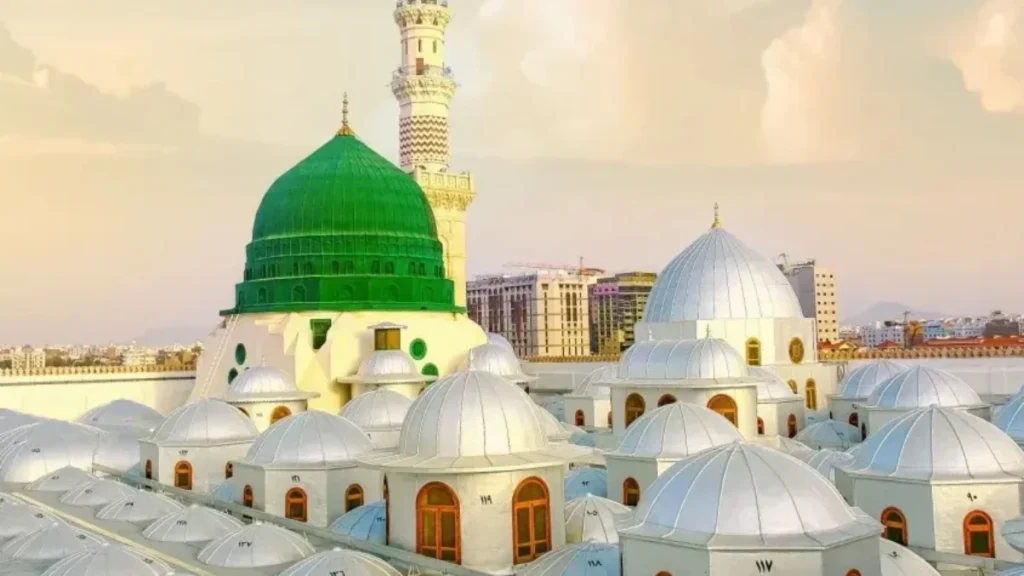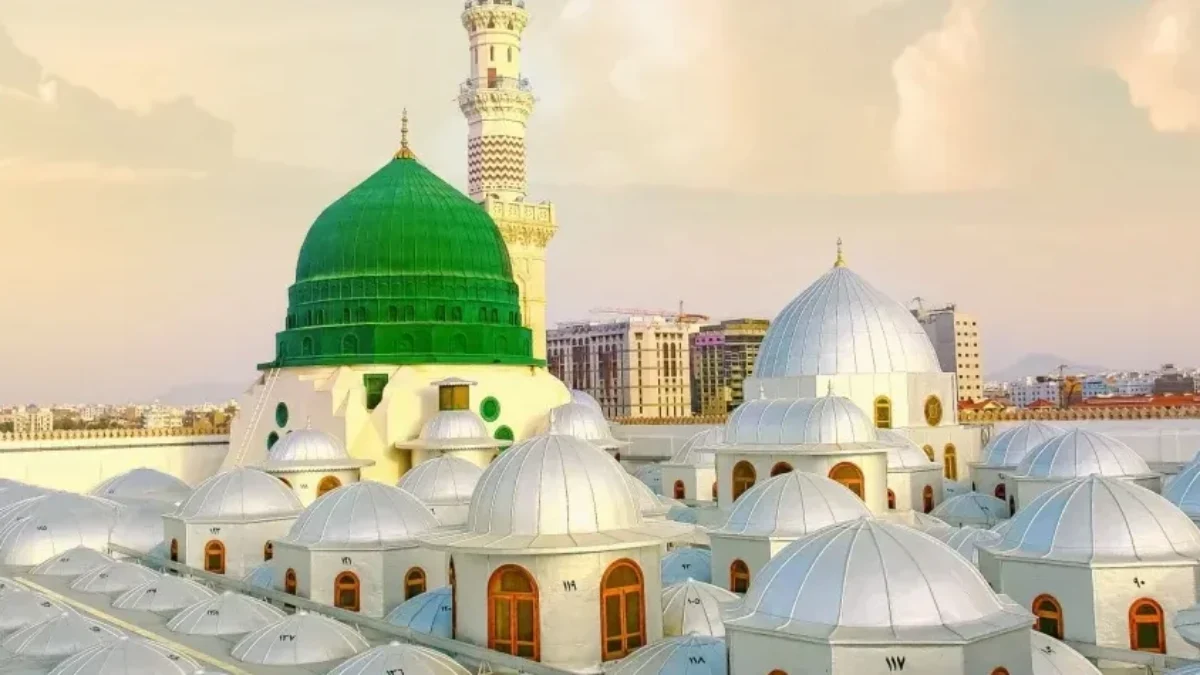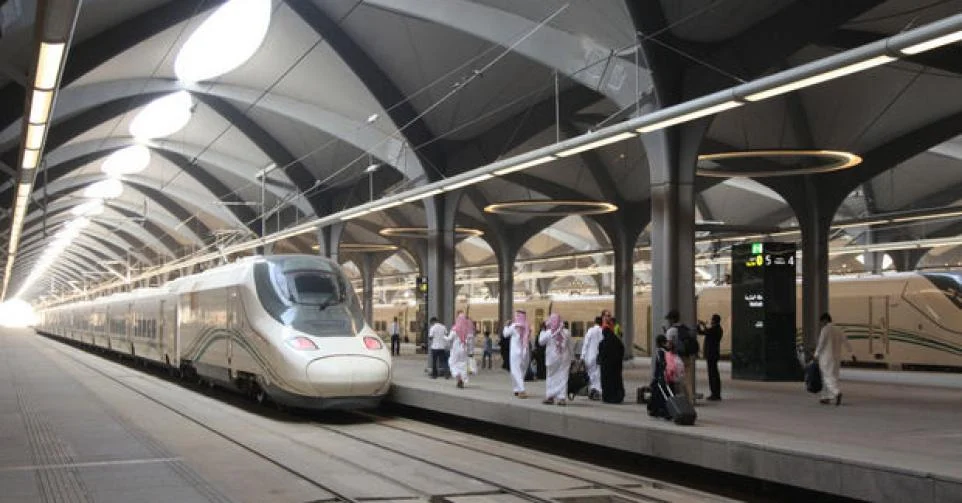As Saudi Arabia opens its doors to international travelers, the world is discovering a country rich in history, tradition, and cultural depth. While modern architecture and luxury resorts are part of the nation’s transformation, what sets Tourism Saudi apart is its commitment to preserving and showcasing cultural heritage. From ancient mosques and historic museums to bustling souks and authentic village life, Saudi Arabia offers travelers a unique blend of the past and present.
In this article, we explore how Tourism Saudi preserves historical and religious sites, enriches the travel experience through cultural immersion, and promotes authentic traditions that resonate with both locals and visitors. For those seeking meaningful travel, Saudi Arabia’s cultural heritage provides a deeply rewarding journey.
How Tourism Saudi Preserves Historical and Religious Sites

Saudi Arabia’s heritage stretches back thousands of years, encompassing pre-Islamic civilizations, Islamic history, and tribal legacies. Tourism Saudi has made the preservation of historical and religious sites a national priority—protecting the past while making it accessible for future generations.
1. Restoration of Ancient Mosques and Religious Landmarks
As the birthplace of Islam, Saudi Arabia houses some of the most sacred religious sites in the world. While the Grand Mosques of Mecca and Medina remain central pilgrimage sites, Tourism Saudi has expanded its focus to include the restoration of historic mosques that hold cultural and architectural value.
One of the most notable efforts is the Saudi Historic Mosques Preservation Program, which has restored over 100 mosques across the Kingdom. These include:
- Masjid Al-Taneem in Mecca
- Jawatha Mosque in Al-Ahsa (one of the oldest mosques in the region)
- Al-Zal Mosque in Riyadh
Each mosque reflects unique regional styles and centuries-old craftsmanship, offering visitors a chance to connect with Islamic heritage on a deeper level.
2. Preserving UNESCO World Heritage Sites
Tourism Saudi also promotes UNESCO-listed sites, recognizing their global cultural importance. Key destinations include:
- At-Turaif District in Diriyah: The first capital of the Saudi dynasty, featuring traditional Najdi architecture.
- Historic Jeddah (Al-Balad): A maze of coral-built homes, mosques, and merchant markets.
- Hegra (Al-Hijr): The Nabatean sister city of Petra, filled with carved tombs and archaeological wonders.
Through guided tours, visitor centers, and digital storytelling, Tourism Saudi brings these sites to life while maintaining their authenticity.
Also, get to know Adventure Tourism Saudi: Desert Safaris, Diving, and More
Cultural Experiences That Enrich the Tourism Saudi Journey

Cultural tourism is more than sightseeing—it’s about interaction, understanding, and appreciation. Tourism Saudi offers immersive experiences that bring visitors closer to the everyday life and traditions of the Kingdom’s diverse regions.
1. Exploring Living Museums and Interactive Exhibits
Saudi museums have evolved into dynamic spaces that showcase the country’s multifaceted history. Museums under Tourism Saudi are designed not only to preserve artifacts but also to educate and engage visitors.
Key cultural institutions include:
- The National Museum in Riyadh: Covers the full historical timeline, from early civilizations to modern Saudi Arabia.
- King Abdulaziz Center for World Culture (Ithra) in Dhahran: A modern cultural hub combining art, science, and history.
- AlUla’s Old Town Museum: Located near archaeological wonders, this museum connects ancient stories with local traditions.
Interactive exhibits, VR experiences, and bilingual guides enhance accessibility for international tourists.
2. Traditional Architecture and Heritage Villages
Heritage villages are preserved or reconstructed settlements that provide a window into traditional Saudi life. Tourists can walk through mud-brick homes, watch artisans at work, and enjoy performances of Ardah, the national sword dance.
Notable heritage villages promoted by Tourism Saudi include:
- Rijal Alma’a in the Asir region: Known for its colorful murals and stone buildings.
- Ushaiger Heritage Village in Najd: A prime example of central Saudi tribal architecture.
- Thee Ain Village in Al-Baha: A marble-white village at the foot of a mountain, built near freshwater springs.
These locations give context to the Saudi lifestyle before oil-era modernization.
3. Souks and Traditional Markets: A Cultural Treasure Trove
Saudi souks (markets) are more than places to shop—they are centers of culture, craftsmanship, and storytelling. Markets like Souq Al-Zal in Riyadh, Souq Al-Alawi in Jeddah, and Souq Qaisariya in Al-Hofuf are thriving spaces where tourists can engage with artisans, taste local snacks, and buy handwoven textiles, spices, and oud perfumes.
Tourism Saudi encourages the preservation of these markets, offering grants and support to traditional craftsmen and women to keep their trades alive.
Also, get to know Plan Your Trip with Ease: Opulens Travel Services
Engaging with Authentic Traditions via Tourism Saudi

The richness of Saudi Arabia’s cultural identity is best understood through engagement with local traditions, many of which have been passed down for centuries.
1. Traditional Cuisine and Culinary Experiences
Saudi cuisine is a reflection of the country’s geography and history. Through culinary tours, cooking classes, and dining with local families, Tourism Saudi gives travelers a literal taste of cultural heritage.
Signature dishes that tourists should try include:
- Kabsa: Spiced rice with lamb or chicken
- Jareesh: Cracked wheat porridge
- Harees: Wheat and meat slow-cooked for hours
Many tours also include visits to date farms, coffee roasting houses, and spice markets, where guests learn the cultural significance of each ingredient.
2. Language, Poetry, and Storytelling
Oral storytelling is a cornerstone of Saudi culture. Bedouin poetry, known as Nabati poetry, is often recited during cultural festivals and desert gatherings. Tourists can attend:
- Majlis gatherings, where stories and songs are shared
- Local poetry competitions, especially in Riyadh and the Eastern Province
- Cultural festivals like Janadriyah and Winter at Tantora, which celebrate language and folklore
These experiences showcase how Tourism Saudi bridges tradition with tourism.
3. Dress, Art, and Handicrafts
Visitors are increasingly drawn to traditional clothing, jewelry, and handmade art that vary across Saudi regions. Cultural centers and workshops offer experiences where guests can:
- Try on traditional dress like the abaya or bisht
- Watch artisans create Sadu weaving, a UNESCO-recognized craft
- Learn about the cultural symbolism behind colors, patterns, and jewelry
Supporting these local traditions not only enhances the tourist experience but also uplifts the creative economy.
Contact us now to discover more!
Conclusion
Saudi Arabia’s rapid tourism growth has not come at the expense of its past. In fact, Tourism Saudi has made cultural heritage a foundational pillar of its development. Through restoration projects, immersive experiences, and direct engagement with traditions, visitors are offered an authentic and enriching view into the Kingdom’s soul.
Whether you’re wandering through a centuries-old mosque, shopping in a vibrant souk, or listening to stories in a desert camp, the essence of Saudi culture is ever-present. For travelers who seek depth, history, and genuine human connection, Saudi Arabia offers far more than a destination—it offers a cultural awakening.
As the Kingdom looks to the future, Tourism Saudi ensures its heritage is not only preserved—but proudly shared with the world.






